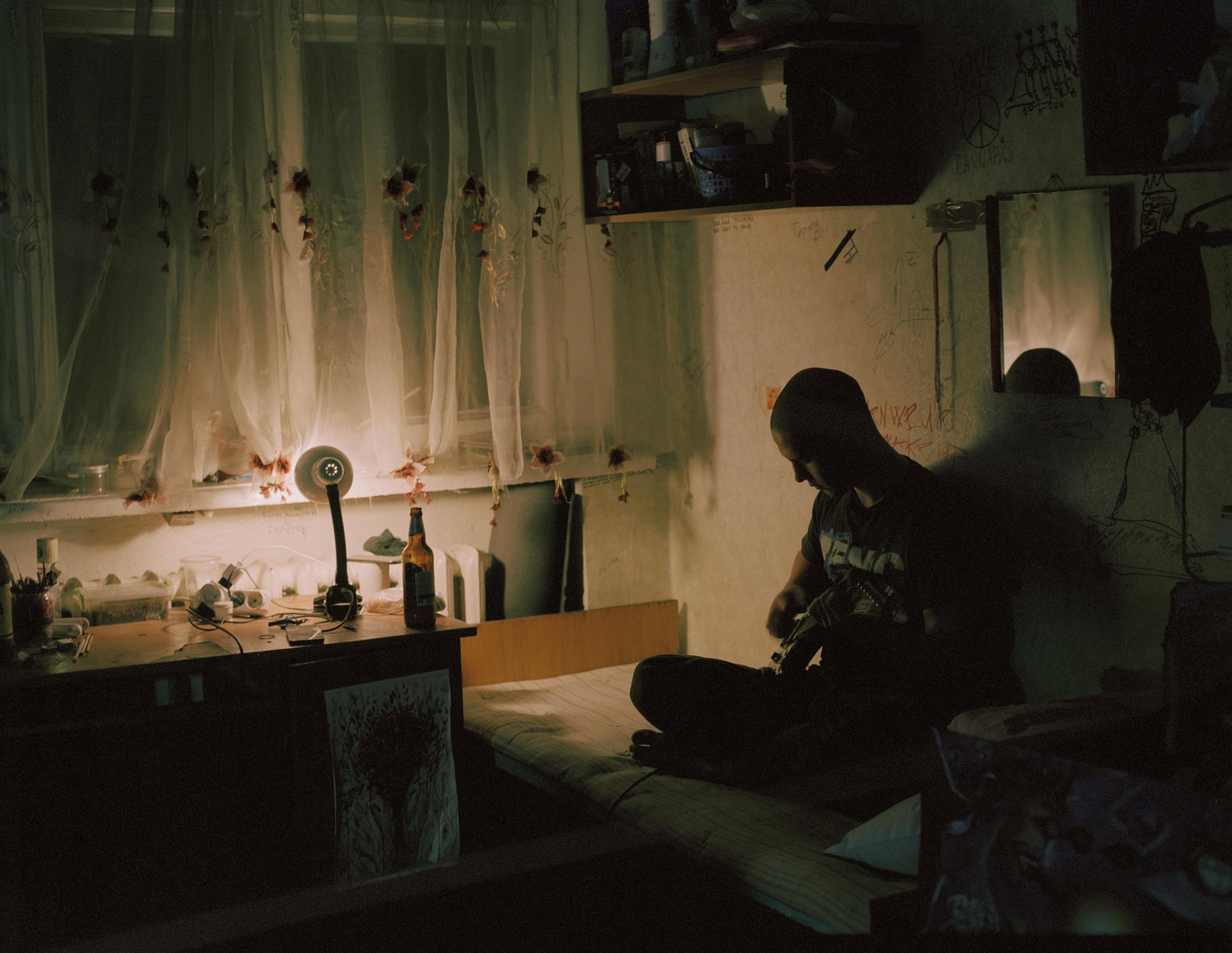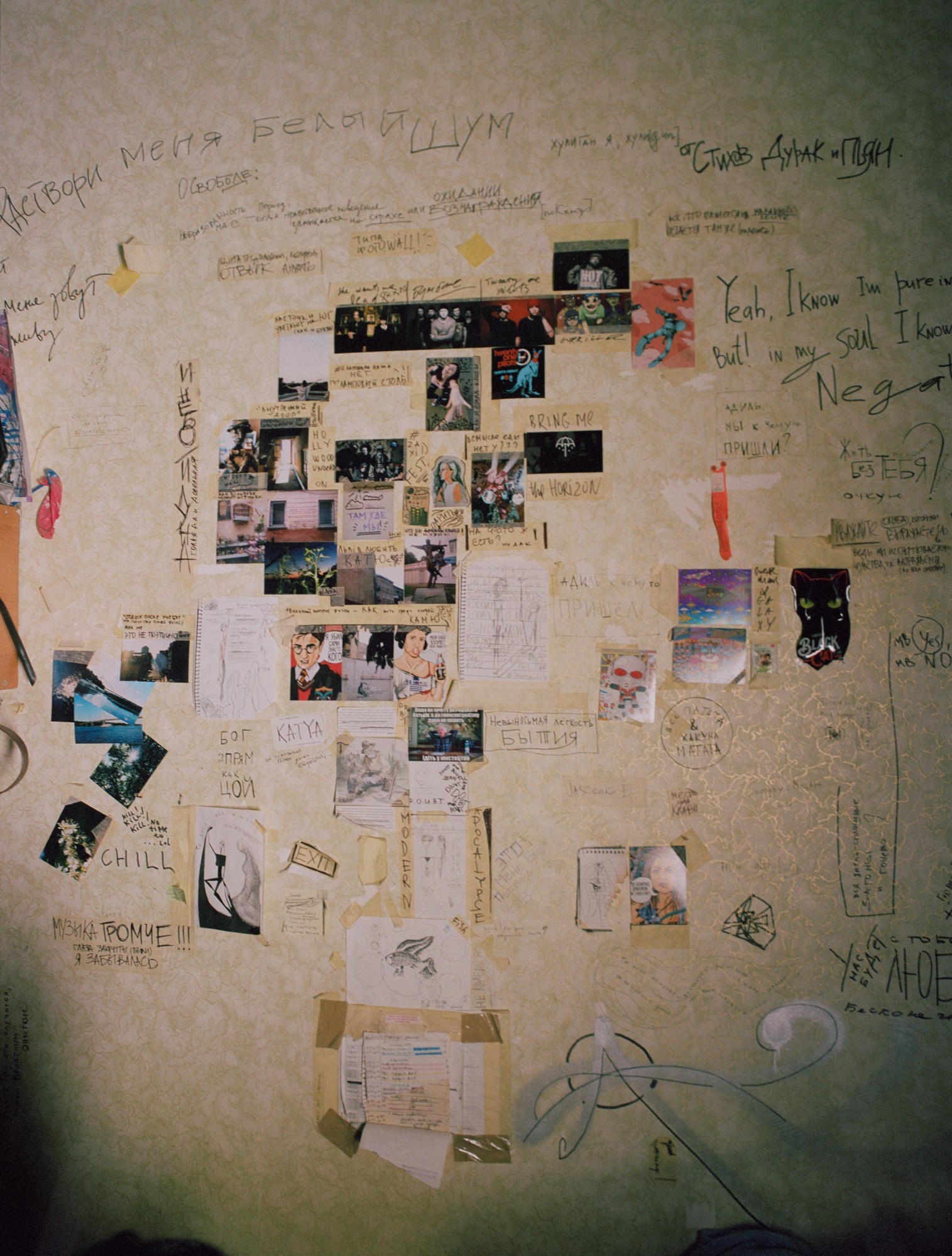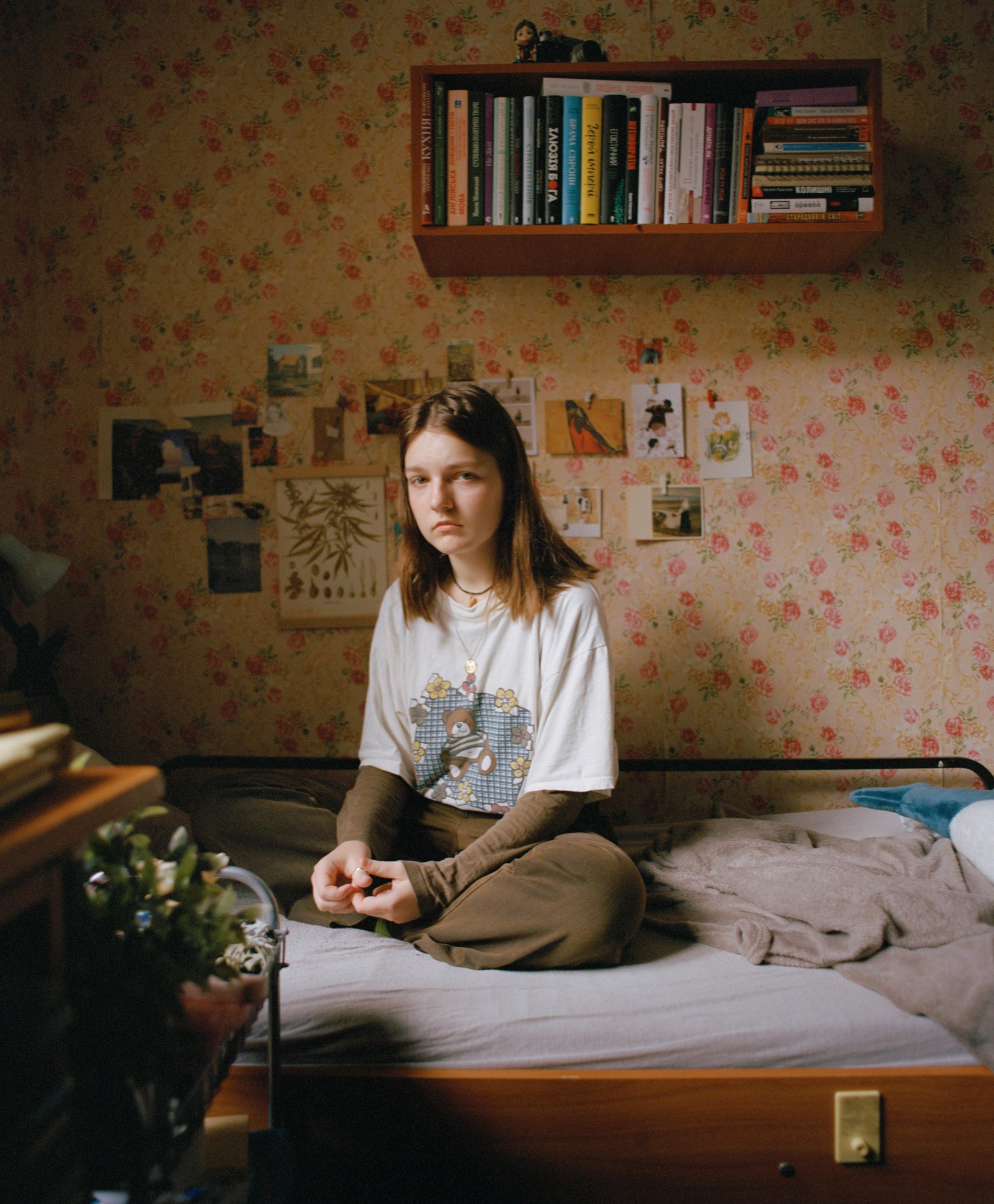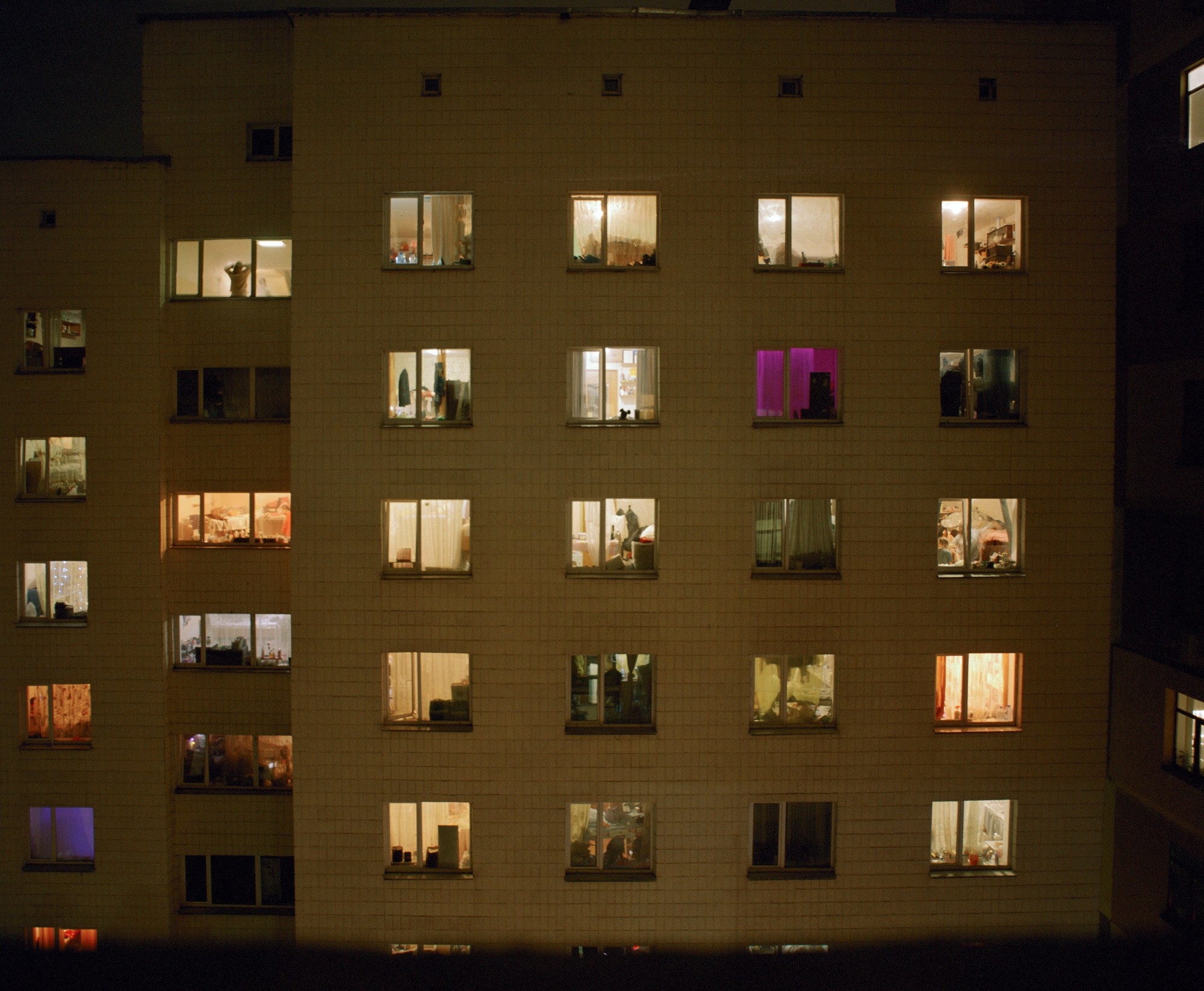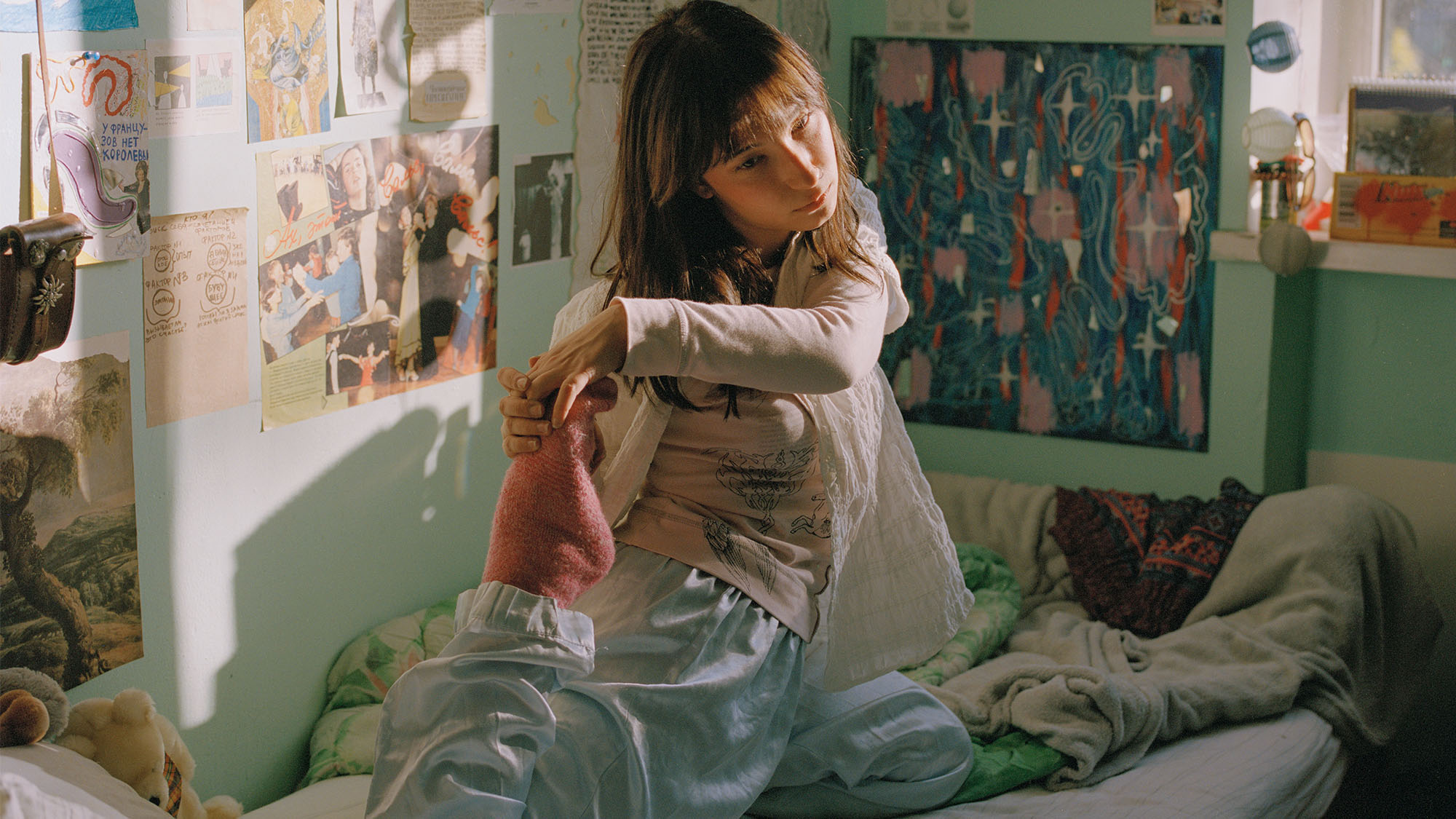It’s a cringe-inducing cliche at this point, but studying abroad really can change your outlook on things. Photographer Daria Svertilova thinks so. Moving from her hometown of Odesa, Ukraine five years ago, in order to get her Master’s degree in Paris provided her with an invaluable insight into the culture she had come from: “Living abroad offered me another perspective on my native country and its culture; it gave me understanding of why it’s so valuable to me.”
Finding the “prism of techno culture, raves, poverty and war” that Western media presented to be a narrow lens (“I feel that it was only one side of the coin”), Daria started taking pictures with a mind to portraying Ukraine’s youth exactly as they are. And where else are students more themselves than in the ultimate shrines to culture that are their adult-adolescent bedrooms?
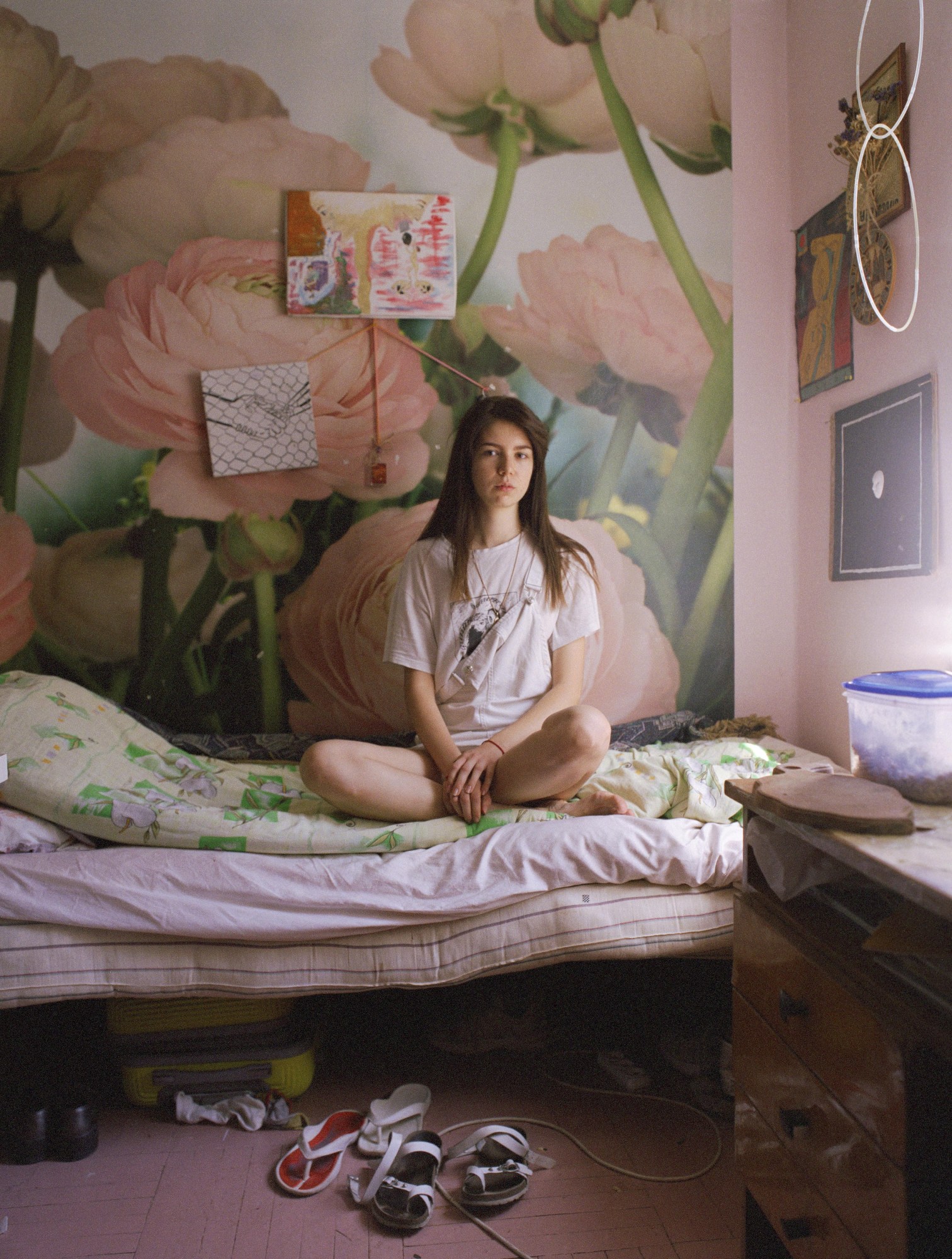
Growing up in the 90s and 00s, Daria spent the following decades watching Ukraine struggle “to find its distinct cultural identity” after years of Soviet rule. “When I speak about Soviet heritage, I speak about the history that we can’t erase,” she says. “The 69 years that hindered the economic and cultural development of most ex-Soviet countries,” explaining that this heritage has a material presence in the architecture of these places, as well as a mental presence in the minds of Ukraine’s previous generations, often romanticised by nostalgia.
“In other words, it’s the conflict between sticking to the past — to the system which was restricting but offered some familiar routine stability to people — and the necessity of moving forward, taking responsibility for one’s own life, seizing the opportunities.”
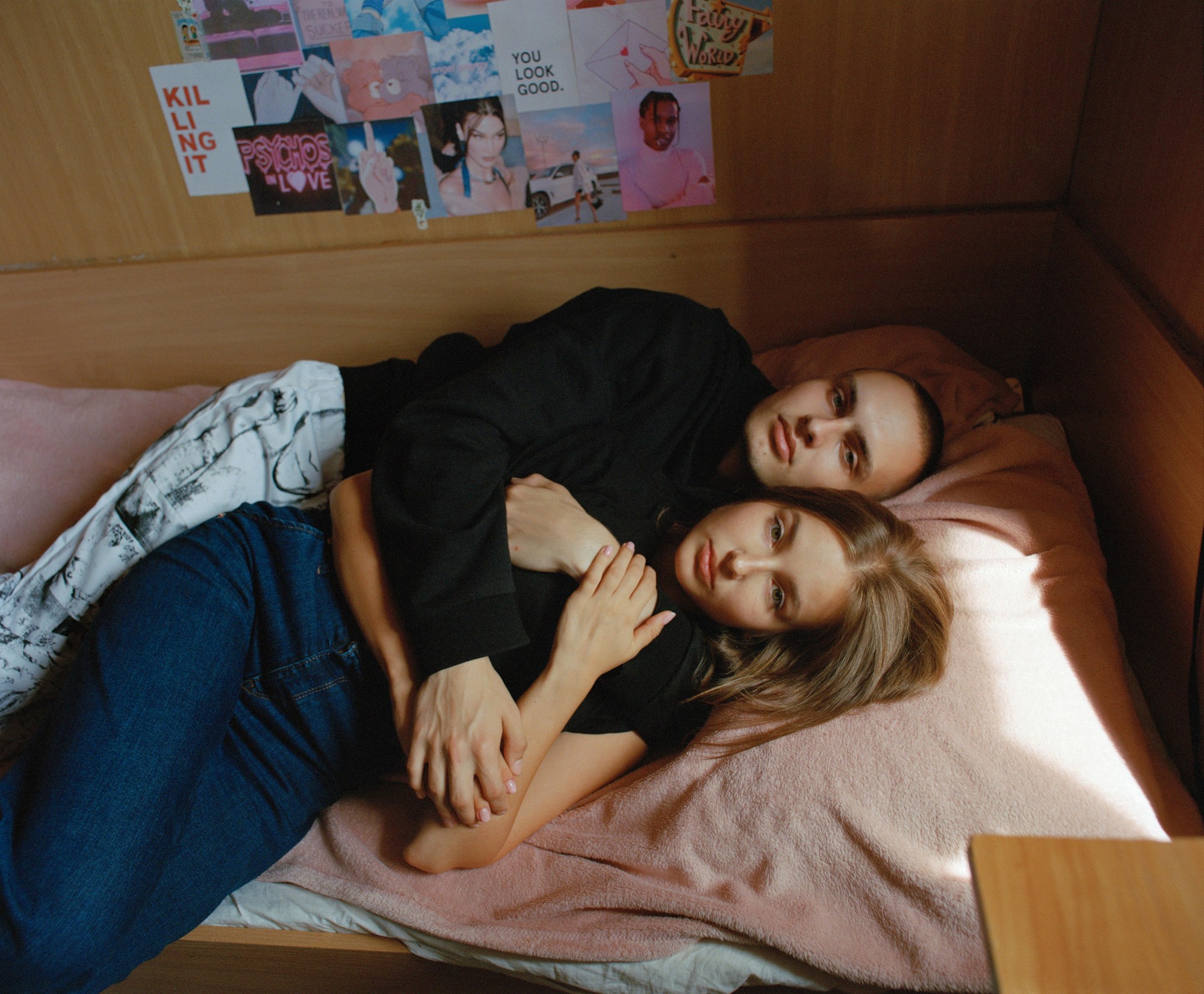
For Daria, this collision of values seemed most visible in the country’s only existing form of social housing: the Soviet-era student dormitories, now-populated by a new generation with very different sociopolitical ideals.
Inspired by Alec Soth, Justine Kurland, Jim Goldberg, Nanna Heitmann, and Rob Hornstra — photographers who “reflect on reality through people and their stories” — the project that would eventually become Temporary homes quickly took shape. “Since my childhood I have loved observing multi-storey buildings at night. When I was a kid I used to live in that kind of housing myself, and there was always something romantic about the life of people you can see through the windows,” says Daria. “I also had this idea of how distant people can be despite physically living so close to each other, just few thin walls separating them.”
